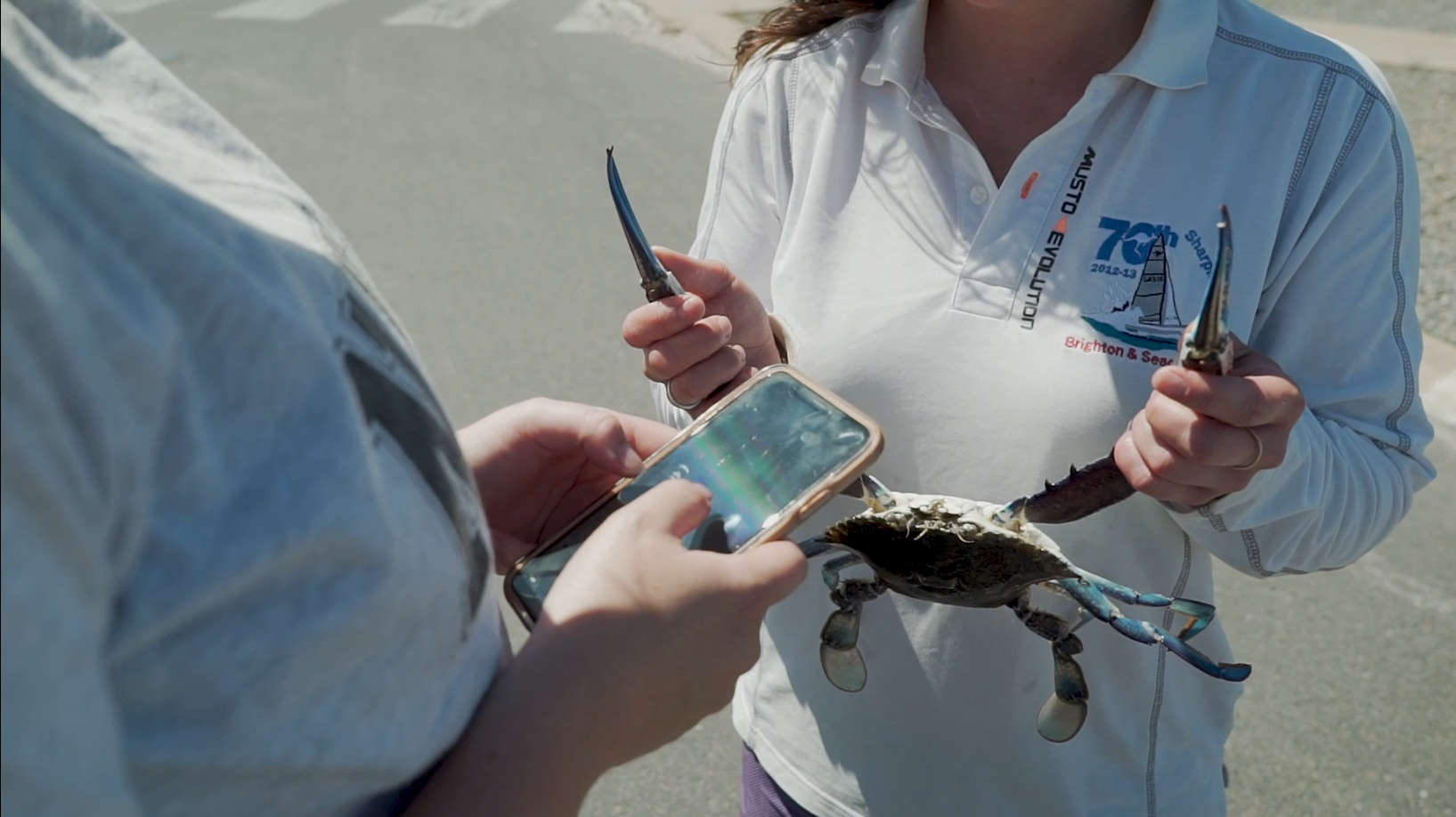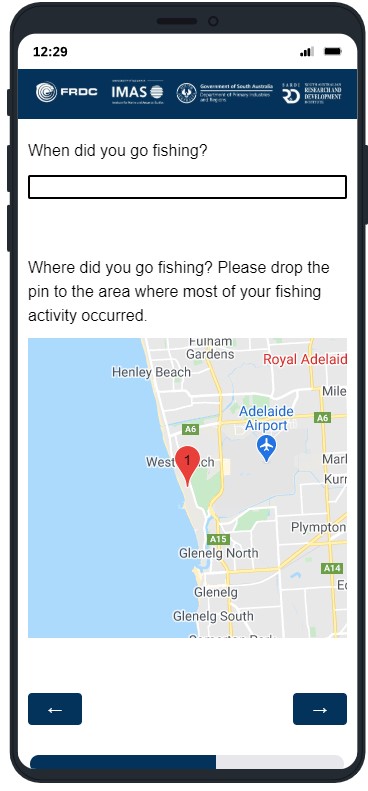Smartphone apps provide a novel tool allowing recreational fishers to be environmental stewards by contributing data to improve the sustainability of fish stocks.
By Catherine Norwood
After trialling a smartphone app that lets recreational fishers share information on their catches, researchers at the South Australian Research and Development Institute (SARDI) say such apps could contribute valuable information to support the sustainability of fish stocks and improve the recreational fishing experience.
The trial was part of a three-year, FRDC-funded project (2020-056), in South Australia. It compared recreational catch and effort data collected through an app with data collected during a statewide phone survey of recreational fishing activity over 12 months in 2021-22.

Faster fisheries data
Project leader Dr Crystal Beckman says fishery stock assessments rely on catch and effort data from both commercial and recreational sectors. Current methods for collecting recreational data include widely used traditional phone surveys which are expensive. Because of this, the surveys are not done frequently. South Australia surveys recreational fishers approximately once every five years.
“This leads to gaps in the data used for stock assessments that underpin management strategies for both commercial and recreational fishers,” says Crystal.
“Surveys are essential for capturing the broader picture of recreational fishing across the state, including the demographics of who is fishing. Reporting via apps could better reflect short-term changes in recreational fishing patterns than the surveys, which represent ‘a snapshot in time’.”
“Continuous data are incredibly valuable in terms of being able to respond quickly to changes in fish populations. If you're talking about a species like Blue Swimmer Crabs (Portunus armatus), for example, they only live for about three years. So, if you're only doing surveys periodically, that can be a real challenge for assessment and management,” she explains.
She adds that apps also have the potential to collect a steady stream of data, in near real time, from local fishers as well as from interstate fishers who would not normally be captured in surveys.
Identifying bias
To assess the potential of app data collection, FRDC partnered with SARDI and the University of Tasmania, comparing app-based catch reporting compared with a traditional survey undertaken in 2021.
The project tapped into the SA Fishing app that keeps recreational fishers up to date with fishing regulations, catch limits and closures. Results showed some comparable catch reporting between the app and survey data for key species. A revised app is now in development, incorporating feedback from recreational fishers to improve the user experience.

“The study found that avid fishers, those that fish more frequently, are more likely to use the app. As a result, there is some self-selection we need to account for when scaling up catch and effort data to represent the entire recreational fishing population,” says Crystal.
“It’s important to make sure the influence of this group isn’t over-represented in total fishing effort. We also found users mostly reported successful fishing trips. But we also need to account for those trips with zero or low catch to provide a more accurate picture.”
Crystal says these biases in app data can be addressed through adjustments in the way data are used. Overall, the study showed that app-based data could be more accurate and representative when combined with supplementary methods, such as on-site surveys.
The combined data would provide additional information on a broader range of fishing behaviour and provide more accurate estimates of catch and effort.
Continuous improvement
“The nature of apps means we can engage with recreational fishers on an ongoing basis, allowing them to be more involved as stewards of our fisheries resources. We can fill in some of the gaps between the periodic surveys with more up-to-date information to support more responsive management and protect the sustainability of fisheries.”
However, retaining participants over time remains a challenge, says Crystal. To maintain engagement, incentives are key.
“Gamification techniques, such as challenges, badges, and leaderboards, have proven successful in other apps. These apps include social networking features, catch tracking, and personalised insights.”
“Our aim is to strengthen and continuously improve long-term data collection so that we have more accurate and reliable information to underpin the management of our fisheries. By making reporting more engaging, we hope to keep users motivated to participate consistently.”
“In the long term, we’d like to see information captured through apps supplementing surveys and contributing to formal stock assessments,” Crystal adds.
The new look app, due to be released in mid-2025, will deliver a new range of functions for South Australian recreational fishers, as well as ensuring technology requirements are met for the latest mobile phones.
South Australia’s peak recreational fishing body, RecFish SA, will be working with and guiding PIRSA in the development of the new look app, identifying potential features and functions the recreational fishing sector regards as priorities.
More details are available from the project website.
Related FRDC Project
2020-056 ‘Evaluation of a smart-phone application to collect recreational fishing catch estimates, including an assessment against an independent probability-based survey, using South Australia as a case study’





